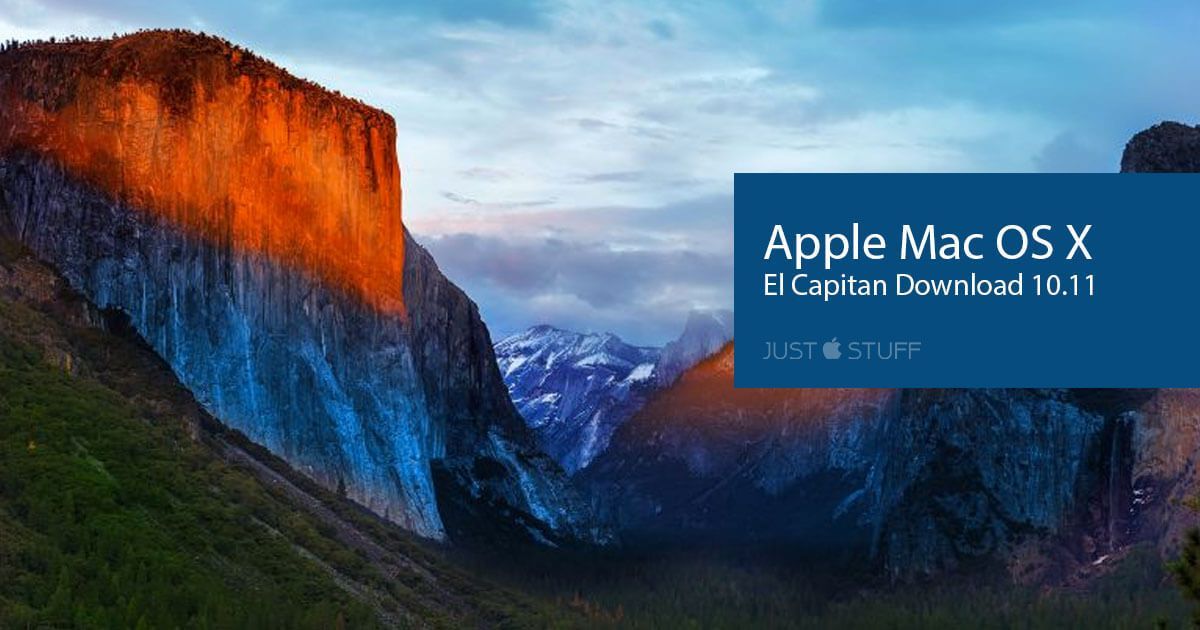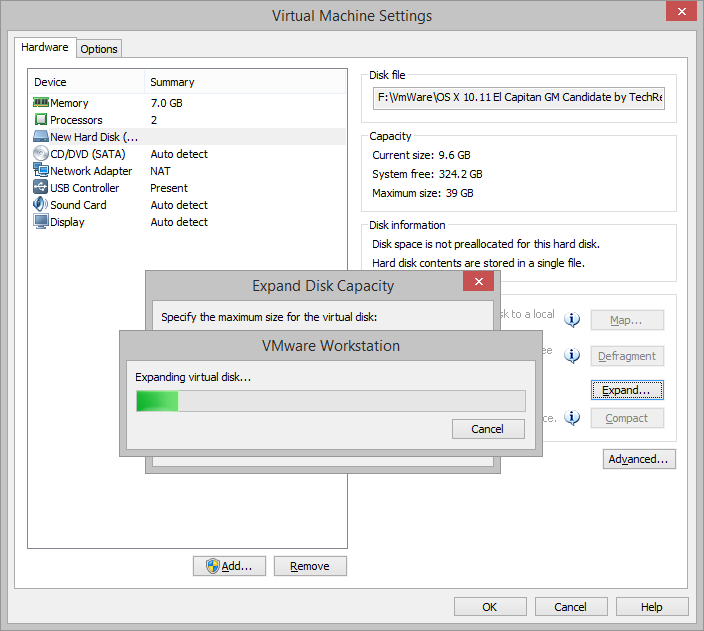


After trying this, you might come to the conclusion that newer releases perform too poorly on your hardware, at which point, you’ll need to roll back. If you’re willing, you can install newer versions of macOS than your Mac supports with tools like Patched Sur. You can find out which Mac you have by clicking on the Apple logo in the top-left corner and selecting “About This Mac” to see the name and year of release. If you’re not sure what your Mac came with, head to Apple Support and search for your exact model. Your Mac’s “earliest” supported version of macOS is the one that it came with. Older versions were written for Intel chips, which use the x86_64 instruction set, while the newer Apple Silicon chips use the ARM instruction set. For example, you cannot install any version of macOS prior to Big Sur (released in 2020) on a Mac with an Apple Silicon chip, including the M1.


 0 kommentar(er)
0 kommentar(er)
